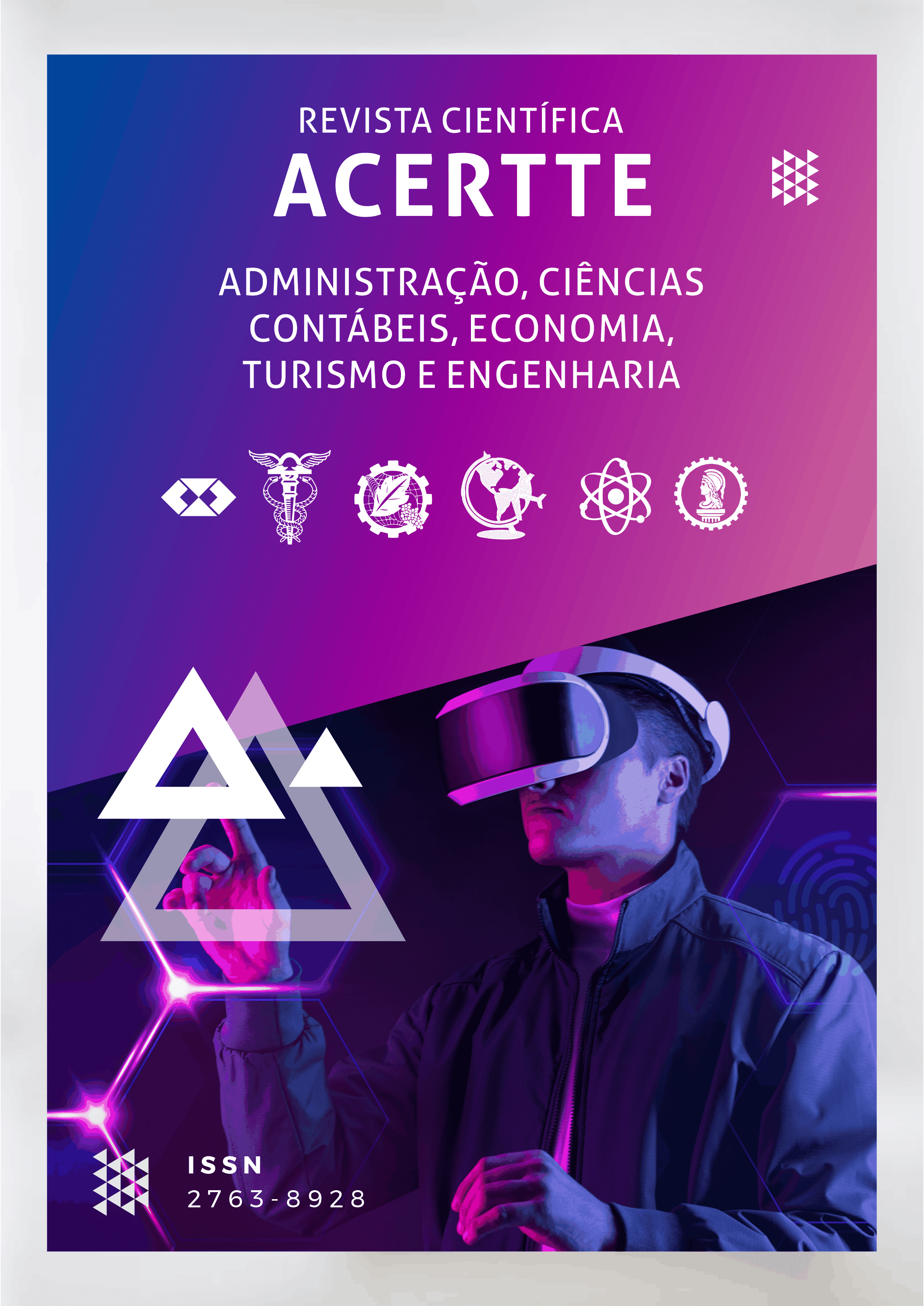BURNOUT SYNDROME: PSYCHIC SUFFERING IN HUMAN RESOURCES PROFESSIONALS
DOI:
https://doi.org/10.47820/acertte.v1i2.7Keywords:
recursos humanos, RH, trabalho, pandemiaAbstract
Good HR professionals are aware of how much damage burnout can do - both to employee productivity and mental health. But many may not know how serious this problem has become. The World Health Organization (WHO) has recently declared employee burnout an “occupational phenomenon” that may require medical attention. While the WHO doesn't go that far in classifying burnout as an illness, it is calling it a "syndrome resulting from chronic stress in the workplace that has not been successfully managed." The impact on organizations can be significant. Burnout can result in lower productivity and engagement, as well as higher absenteeism and turnover. But, luckily, it is possible to recover from exhaustion. HR needs to ensure that performance targets are clearly communicated to employees at the start of the year and reworked at appropriate intervals to meet business requirements. They must also help maintain an ideal team. Fair distribution of job responsibilities will prevent employee burnout and improve retention. Job satisfaction can be defined as an affect or positive emotion in the self-assessment of the work performed. It is a pleasant or positive emotional state felt when goals at work are achieved and is influenced by the personal experiences, values and beliefs of employees. According to Mourão et al , job satisfaction seems to be related to multiple factors, including educational level, work overload, training received, autonomy, interaction, social support and gender. Jardim et al. describe job dissatisfaction as a predictor of burnout.
Downloads
Downloads
Published
How to Cite
Issue
Section
Categories
License
Copyright (c) 2021 ACERTTE SCIENTIFIC JOURNAL

This work is licensed under a Creative Commons Attribution 4.0 International License.
Os direitos autorais dos artigos/resenhas/TCCs publicados pertecem à revista ACERTTE, e seguem o padrão Creative Commons (CC BY 4.0), permitindo a cópia ou reprodução, desde que cite a fonte e respeite os direitos dos autores e contenham menção aos mesmos nos créditos. Toda e qualquer obra publicada na revista, seu conteúdo é de responsabilidade dos autores, cabendo a ACERTTE apenas ser o veículo de divulgação, seguindo os padrões nacionais e internacionais de publicação.










